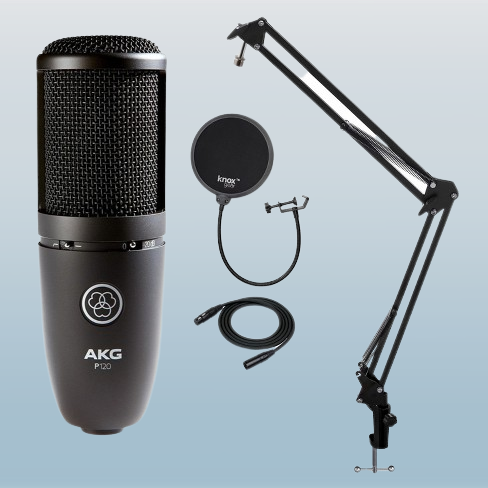Restringing an electric guitar is a fairly simple process that requires only a few basic tools and a little bit of know-how. Whether you’re a beginner or an experienced musician, restringing your guitar is an essential skill to have.
Restringing an electric guitar is a fairly simple process that involves a few basic steps:
- Remove the strings: Using a string winder or your fingers, loosen the strings until they are slack enough to remove from the guitar. If you are using a string winder, make sure to turn it counterclockwise.
- Clean the guitar: Before restringing, take a moment to clean the guitar. Use a dry cloth to wipe down the fingerboard and bridge, and use a guitar cleaner and polish to clean the body of the guitar.
- Install the new strings: Take the new strings out of their packaging and thread them through the holes in the bridge and up through the tailpiece or tremolo system. Make sure that the strings are seated properly in the bridge and tailpiece. Since this is likely something that new guitar players might need additional help with we have expanded on this below.
- Tune the strings: Using a guitar tuner, tune each string to the correct pitch. You may need to adjust the truss rod (located inside the neck of the guitar) to properly set the neck curvature and eliminate any buzzing or dead notes.
- Cut the excess string: Once the strings are tuned and the guitar is playing properly, use wire cutters to trim the excess string from the headstock. Be careful not to cut too close to the tuning pegs, as you may risk damaging the string or the guitar.
- Play and enjoy: Now that your guitar is restrung and tuned, it’s time to play and enjoy! Remember to clean and restring your guitar regularly to keep it playing and sounding its best.
Additional Details on Stringing a Guitar
- Start by holding the string taut with one hand and placing the end of the string in the hole at the back of the tuning peg.
- Begin wrapping the string around the peg, making sure to keep the wraps tight and close together.
- Continue wrapping the string around the peg until you reach the desired tension. Be sure to leave enough slack in the string to allow it to reach the bridge of the guitar without being too tight.
- Once you have reached the desired tension, cut off the excess string with wire cutters, making sure to leave about 1/4 inch of slack.
- Using your fingers or a string winder, turn the tuning peg clockwise to tighten the string until it is in tune.
- Repeat the process for each string on your guitar, making sure to tune each string to the correct pitch before moving on to the next.








